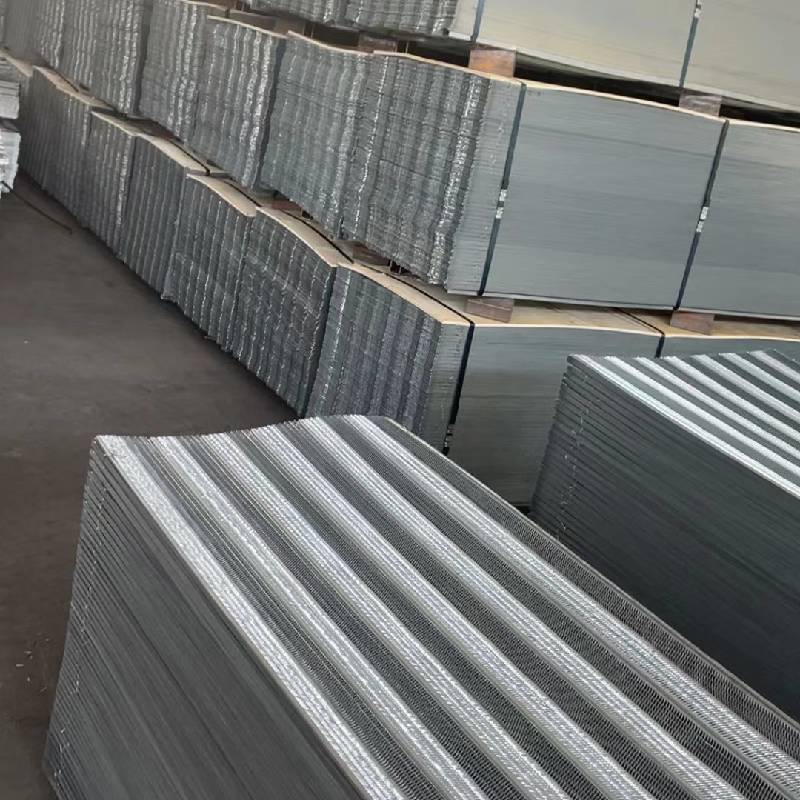
- Mobile Phone
- +8613931874955
- sales@cntcmetal.com
Compression Spring Design Calculations
Compression Spring Design Calculations
Designing a compression spring involves several critical calculations to ensure optimal performance and longevity. A compression spring is typically utilized to store energy, absorb shock, or maintain a force between two surfaces. The design process begins with understanding the spring's application, the required load capacity, and the constraints of the space in which it will operate.
The first step in spring design is to determine the basic parameters such as free length, solid length, and spring rate. The free length is the spring's length when no load is applied, while the solid length is achieved when the coils are fully compressed. The spring rate, often represented as 'k', is defined as the amount of force required to compress the spring by a unit distance, usually in pounds per inch (lb/in) or Newtons per millimeter (N/mm).
To calculate the spring rate, engineers often rely on the formula
\[ k = \frac{Gd^4}{8D^3N} \]
compression spring design calculations pdf

Here, G represents the shear modulus of the material, d is the wire diameter, D is the mean diameter of the spring, and N is the number of active coils
. These parameters help ensure that the selected material and dimensions provide the necessary stiffness without sacrificing durability.Next, the load capacity is critical. The maximum load, or the force that the spring must withstand, will dictate the material choice. Common materials for compression springs include music wire, stainless steel, and oil-tempered carbon steel, each chosen for their unique properties such as tensile strength and fatigue resistance.
Another essential aspect of compression spring design is the consideration of fatigue life. Springs are subject to cyclic loads, which can lead to material fatigue over time. The fatigue strength of the selected material must be evaluated, and often, a factor of safety is introduced to account for unexpected loads or variations in material quality.
Finally, after determining all these parameters, a prototype of the spring is created, and tests are conducted to verify its performance under real-world conditions. Simulations may also be employed to predict how the spring will behave under various loads and environmental conditions.
In conclusion, compression spring design calculations require a thorough understanding of mechanical principles and material properties. By methodically considering parameters such as spring rate, load capacity, and fatigue resistance, engineers can create effective compression springs tailored to specific applications, ensuring reliability and performance in various mechanical systems.
share:
-
Yard Sign Stakes: Reliable Guardians of Outdoor SignsNewsAug.04,2025
-
Wall Ties: Invisible Guardians of Building StabilityNewsAug.04,2025
-
Resilient Web: The Super Guardian Power of Concrete MeshNewsAug.04,2025
-
Masonry Accessories: A versatile assistant on building foundationsNewsAug.04,2025
-
Iron Binding Wire: the 'invisible reinforcement specialist' in the fields of architecture and industryNewsAug.04,2025
-
Dynamic Spring: The diverse functions and excellent performance of Wire Tension SpringNewsAug.04,2025
-
Your Source for Concrete Wall Ties and Masonry AccessoriesNewsJul.10,2025



















